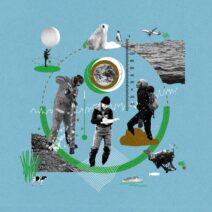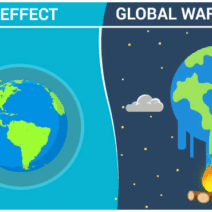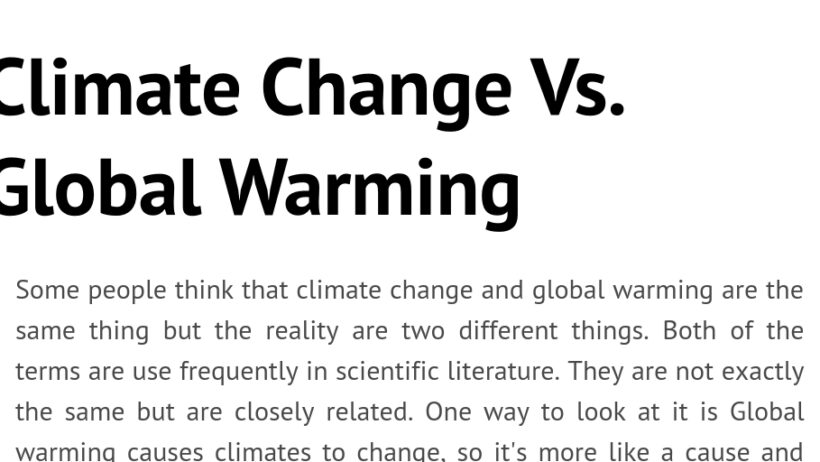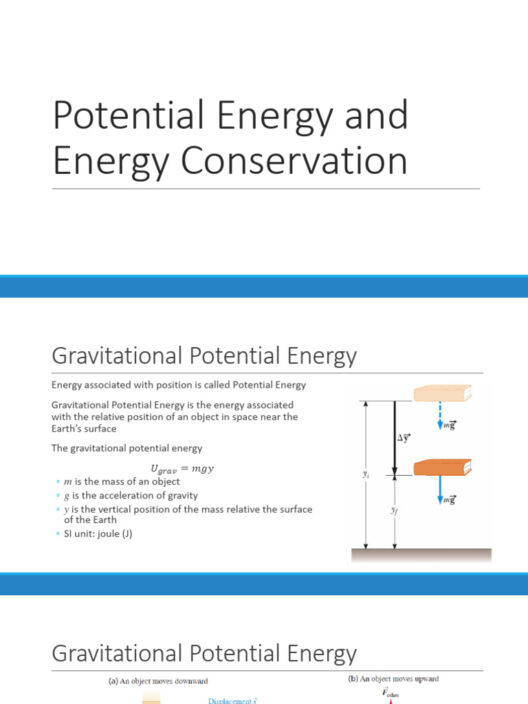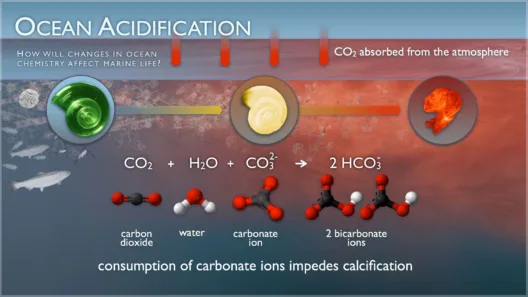When it comes to discussions about our planet’s health, two terms frequently emerge in discourse: global warming and climate change. Perhaps you’ve found yourself pondering the exact distinction between the two? This question leads us not only into the realm of scientific understanding but also into a complex conundrum affecting our daily lives and future. To accurately grasp the gravity of the environmental challenges we face, it is essential to unravel the meanings of these two terms, exploring their intricacies and how they interrelate.
At its most fundamental level, global warming refers specifically to the increase in Earth’s average surface temperature due to rising levels of greenhouse gases in the atmosphere. These gases, primarily carbon dioxide and methane, are largely the byproducts of human activities such as burning fossil fuels, deforestation, and industrial processes. The repercussions of global warming are profoundly concerning. As the planet warms, it catalyzes a ripple effect throughout various systems, ultimately resulting in broader climate change.
On the other hand, climate change encompasses a broader spectrum of alterations in our climate system, which includes global warming as a primary driver, but also incorporates other significant shifts. These changes can manifest as abnormal weather patterns, increased frequency of extreme weather events, alterations in precipitation levels, sea-level rise, and changes in ecosystem dynamics. The ambiguity arises from the confluence of numerous factors that can impact climate change, making it far more complex than the singular phenomenon of global warming.
To illustrate this distinction further, consider using an analogy. Think of global warming as a fever indicating a more extensive illness—climate change—in the body of our Earth. The fever is a symptom, an early warning that something is awry. Meanwhile, climate change represents the underlying ailment that encompasses all the various symptoms and complications that arise from global warming and other factors affecting our climate.
One might contemplate: “Why does this matter?” The distinction between these terms plays a crucial role in communication, policy-making, and education. Misunderstanding or conflating the two can lead to misinformed conclusions regarding environmental policies and the importance of mitigating efforts. When discussions about climate initiatives arise, grasping their nuances can foster more informed decisions about our approach toward combating climate issues effectively.
Climate change is not a distant threat—it impacts our lives today. It engenders severe operational disruptions across agricultural sectors due to erratic weather patterns. Crops may flourish in one season but face devastating drought the next. Water scarcity has emerged as a dire threat in numerous regions, intensifying competition among nations. These alterations necessitate adaptive strategies much beyond simply addressing the temperature increase of our planet.
Moreover, human health is inexorably intertwined with these environmental transformations. Climate change can exacerbate air quality issues, leading to respiratory problems and other health concerns. Regions that rely heavily on agriculture may face food insecurity due to diminished yields, directly impacting nutrition and health. The risks associated with extreme weather events—hurricanes, floods, and heatwaves—further amplify vulnerabilities, particularly for at-risk populations.
The economic implications of both global warming and climate change are equally significant. Industries reliant on natural resources and stable weather patterns are becoming increasingly imperiled. Fishermen may struggle as fish populations shift in response to changing ocean temperatures, while farmers grapple with unpredictable harvests. The cost of disaster response and recovery continually escalates, straining public finances and diverting funds from potential mitigation or adaptation strategies.
One must also consider the ethical dimensions intertwined with climate change and global warming. Questions of environmental justice arise, particularly as vulnerable communities often bear the brunt of climate impacts despite contributing the least to the problem. As we dissect these concepts, it is imperative to recognize that the most meaningful solutions will encompass not only technical fixes but also social equity and justice frameworks that ensure disadvantaged communities are not left behind.
Engaging with the public discourse around climate change is essential to mobilizing collective action. Individuals must be empowered with knowledge, equipped to discern facts from disinformation. Initiatives such as climate education in schools and public outreach campaigns can bolster awareness about these both critical topics. Informed citizens serve as the backbone of demand for progressive policies and climate action.
As we hasten toward a future defined by daunting environmental changes, we must remain diligent in differentiating global warming from climate change. The collaborative stewardship of our planet demands a thorough understanding of the complexities we face. How will you contribute to the fascinating yet formidable task of tackling these existential challenges? Perhaps the most compelling challenge lies in transforming awareness into actionable insights, fostering a collective movement toward sustainable practices and policies. The distinction between global warming and climate change is not just academic; it has real-world implications that beckon our attention, action, and unwavering resolve.
In conclusion, while global warming and climate change are interconnected phenomena, recognizing their differences can empower us to forge effective solutions and foster a culture of responsible environmental stewardship. Let us urge society to embrace this understanding, advocating for systemic changes necessary to safeguard the planet for generations to come.
